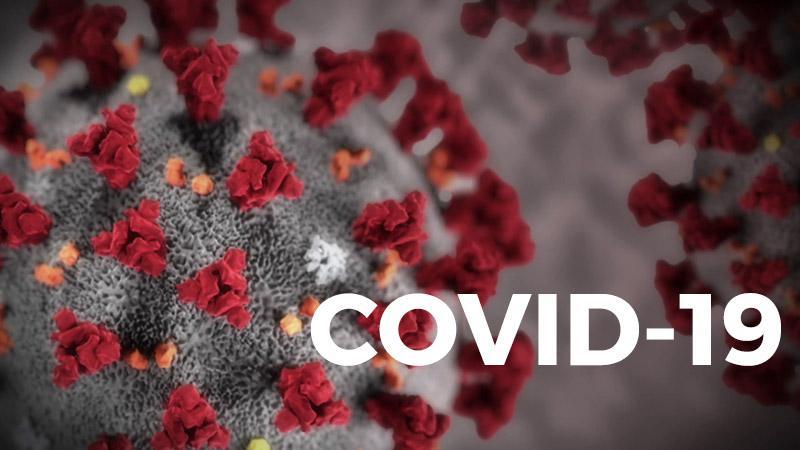Resolution Framework for Covid-19 related Stress

On 7th June 2019 the Reserve Bank of India (“RBI”) notified the Prudential Framework for Resolution of Stressed Assets (“Prudential Norms”), which provided a principle base for addressing a borrower default.
A nation-wide lockdown was imposed on 25th March, 2020 by the government in view of the Covid-19 pandemic. This enhanced the losses and defaults to businesses including individuals as well as the corporate bodies. The RBI, for furthering the resolution of stress, notified the Resolution Framework for Covid-19 related Stress on 4th August, 2020. (“Covid Framework”). These guidelines are however applicable only to those defaults which would have occurred due to Covid-19 pandemic. Some of the basic features are noted below:
o Applicability: Apart from banks, the Covid Framework also applies to all NBFCs and entails the norms for resolution of the personal loans as well as loans to corporate.
o Strict timelines: The execution of Inter Creditor Agreement (“ICA”), the implementation of the resolution plan and other requirements under this framework has to be mandatorily completed within the timelines. In case of any breach of timelines, the Covid Framework would not be available to the borrower or the lender in future. It will then be governed by the Prudential Norms.
o Invocation Date: The date of invocation shall be the date on which both the borrower and lending institution have agreed to proceed with a resolution plan. In case of multiple lending institutions, it shall be the date on which lending institutions representing 75% by value of the total outstanding credit facilities, and not less than 60% by number, agree to proceed under the Covid Framework.
o Reference Date: The Covid Framework shall be applicable only to the defaults which have occurred post 1st March 2020 and where the borrower’s account was not in default for more than 30 days before 1st March 2020. The resolution under the Covid Framework cannot be initiated post 31st December 2020.
o Asset Classification: The account of the borrower shall be classified as Standard as on the date of implementation of the plan where the borrowers’ accounts may have slipped into NPA between invocation and implementation. On implementation of the plan if the borrower is in default within the review period the classification shall be downgraded to NPA from the date of invocation or date on which the account was first classified as NPA whichever is earlier.
o Dispute Redressal: A dispute redressal mechanism for any disputes arising among the signatories of the ICA shall be incorporated in the ICA. RBI shall not intermediate such disputes.
o Expert Committee: The RBI proposed to establish a committee which shall recommend a list of parameters required in a resolution plan. For any resolution plan for which exposure is more than Rs 1500 crore, the committee shall verify all processes followed by the parties.
o Resolution Plan (“RP”): In addition to the permitted features available in the Prudential Norms (except compromise settlements), the resolution plan may also include
o Sanctioning of additional credit facilities.
o Extension of residual tenure of the loan (not more than 2 years)
o Conversion of portion of debt into equity or non-convertible debt securities
o Additional finance without restructuring the existing debt.
Implementation of the resolution plan shall be completed within 180 days from the date of invocation.
o Independent Credit Evaluation (“ICE”): If the aggregate exposure upon invocation is more than Rs 100 Crores, it shall require an ICE from one credit rating agency.
o Escrow Account: All repayments and disbursements in relation to the debt shall be routed through an escrow account (maintained with one of the lenders) which shall form a part of the resolution plan. An escrow agreement shall also be entered into between the lenders and the borrowers which shall provide for the powers and duties as well as the enforcement mechanism.
o Provisioning: The lending institutions signatories to ICA to create provisioning for higher of 10% or percentage as per IRAC norms of the residue debt, whereas non-signatory lending institutions to provide for higher of 20% or percentage as per IRAC norms of the carrying debt.
Challenges:
o The timelines under the Covid Framework are very strict, from the date of invocation to the date of implementation and any non-adherence thereof shall make the framework unavailable for invocation again. The default shall be then governed by the Prudential Norms.
o Covid Framework is a special framework under the Prudential Norms. The provisions of ICA as given under the base framework of Prudential norms are quite different than the Covid Framework. There is no indication or a set draft issued by the RBI to govern the framework. Neither there are any guidelines as to when it shall be made available, given the last date for invocation of Covid Framework being 31st December 2020.
o The Covid Framework does not specify rights and obligations of the dissenting lending institutions. Further, the RBI has not provided any guidelines as to the dispute resolution in respect of ICA when in fact this has been one of the contentious issues among the lending institutions during the process under Prudential Framework.
o Under the Prudential Norms, where the RPs have to be evaluated by the Credit Rating Agencies, the rating required for implementation of the framework is RP4. There is no express provision which states the non-applicability of RP4 to the Covid Framework. Hence the Covid Framework may be available to only elite few. It is a fit case to seek clarification in that regard.
o Under the Covid Framework the RBI has proposed for establishment of an Expert Committee for providing the list of parameters in the RP. However, given the limited time frame of applicability of these norms, any delay may lead to irreparable loss of time and an avenue for the banking sector.
By entering the email address you agree to our Privacy Policy.



